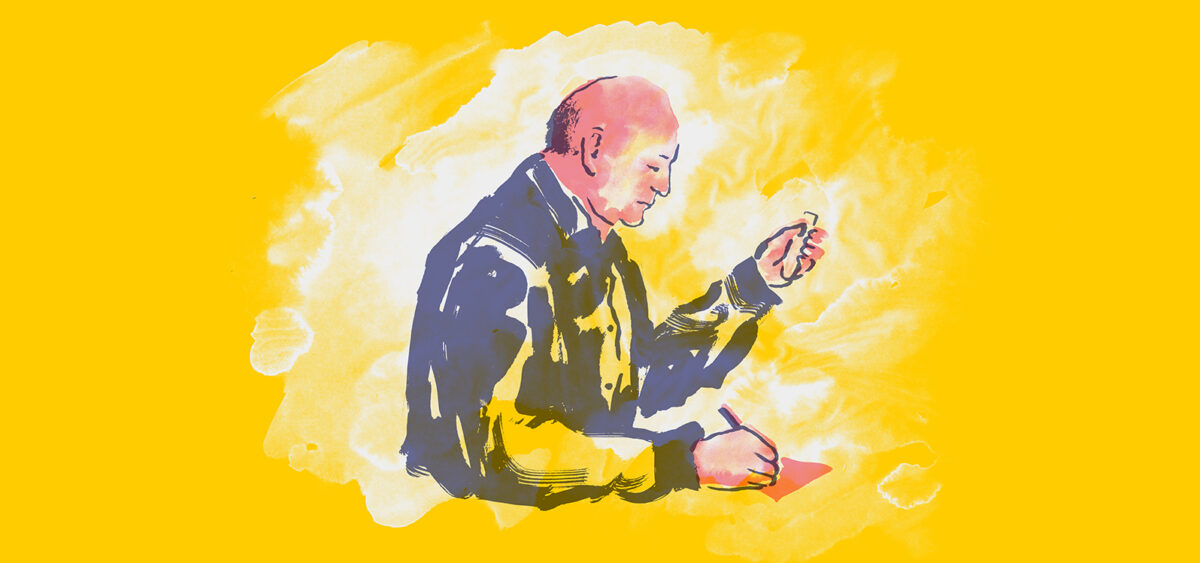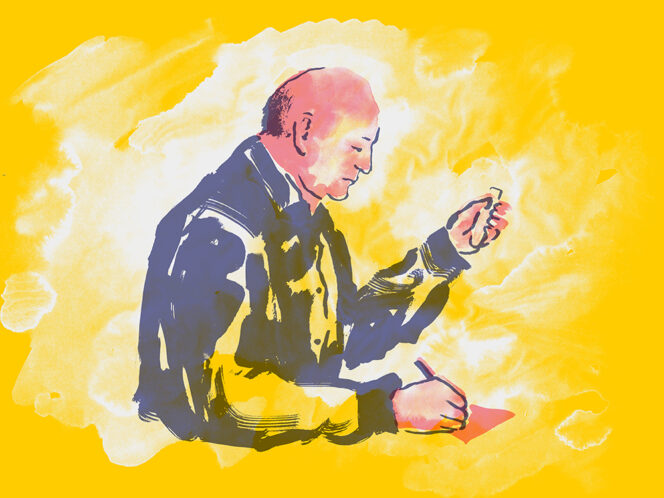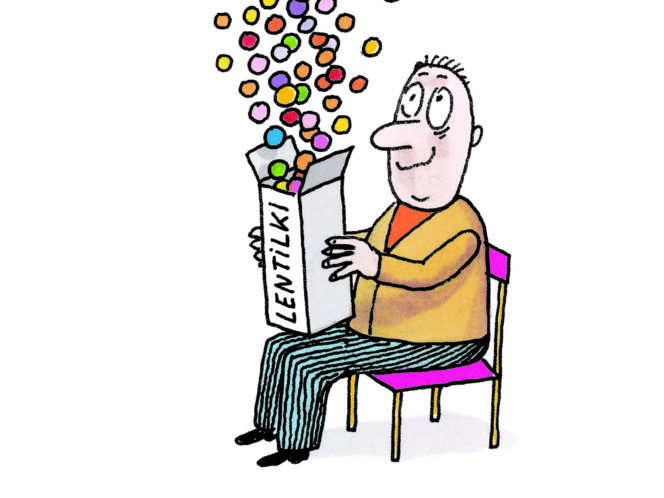
Every day hundreds of people queued at his house for treatment. Jan Mikolášek was a celebrity of his times, yet he shared the tragic, disturbing fate borne across most of 20th-century Central European history: the collapse of the empires, the birth of new nations, two world wars. He lived in the shadow of two totalitarian regimes, too – first when healing top-ranking officials of Nazi-occupied Czechoslovakia, and later the Czechoslovak communist leaders. More recently, Mikolášek was the protagonist of Agnieszka Holland’s latest film Charlatan, which was shortlisted for the Oscars’ Best International Feature Film.
I am a sceptic. If somebody told me today that my condition could be diagnosed just by looking at my urine, I wouldn’t believe it. No-one could do it without modern analytical tools and medical testing. Observing urine was, however, still a common practice in Central Europe some 70 years ago, a tradition that came from German medical manuals, popular among lower ranked medics and rural healers in German-speaking lands, notably in the Austro-Hungarian Empire, where antibiotics were expensive and not easy to obtain. One of the most famous uroscopists was Jan Mikolášek, a Czech herbalist and healer, who allegedly cured the English king George VI by examining his pee.
Magicians, esotericists, aristocrats, Nazis, priests and communists – all were part of Mikolášek’s complex and bittersweet life. Whether King George VI really was a patient of the Czech herbalist is impossible to prove. There is no evidence, nor are there any documents, pictures or mention of it in the press archives of the time. Yet the legend was still alive in his homeland and most probably invented by Mikolášek himself. What is indisputable, though, is that the healer was a celebrity in his native Czechoslovakia.
“He respected and loved herbs, and with their help gave health to the people,” says an epitaph carved on Mikolášek’s grave at Olšany Cemeteries, the largest graveyard in Prague. Jan Mikolášek was born in 1889 in Rokycany, a town found some 20 kilometres east of Pilsen, south-west Bohemia, to the large family of a local gardener. He quickly became interested in herbal medicine. One of his








